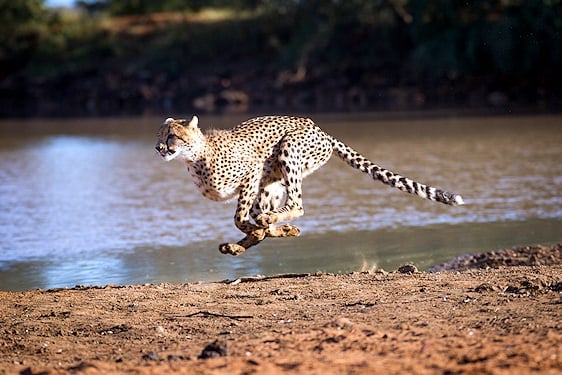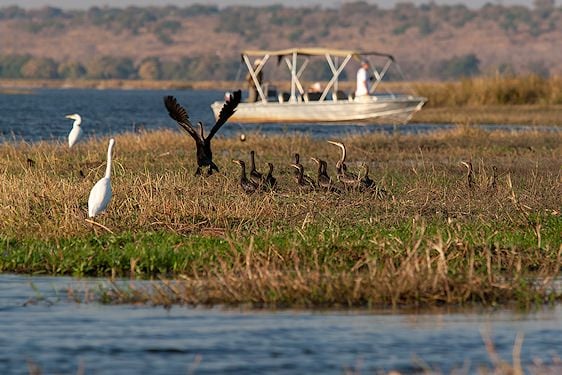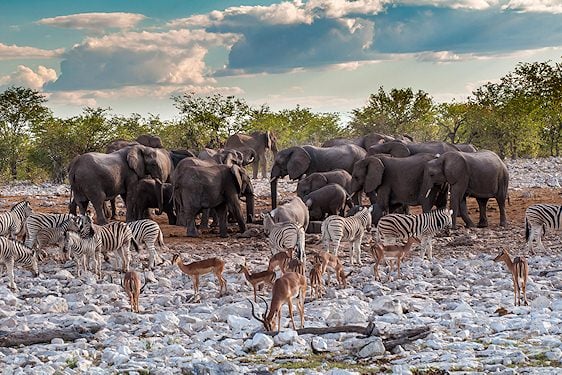- Home
- >
- African Travel
- >
- South Africa
- >
- National Parks
- >
- Kruger National Park
- >
- Mammals
- >
- Zebra
Description
Plains zebra, commonly called Burchell’s zebra in southern Africa, are unmistakable: bold black-and-white bands, upright mane, and a tail tipped with a dark tuft. Each animal’s stripes are unique and help with recognition and herd cohesion. Strong jawlines and incisors suit year-round grazing, while keen senses and a sharp bark carry warnings across open savanna.

Plains zebra are widespread in southern Africa, including the KwaZulu-Natal province, eastern Botswana, northern Namibia, western and northern Zimbabwe, and much of Zambia. In South Africa, Kruger National Park supports healthy numbers. Two subspecies of mountain zebra occur elsewhere in the region—the Hartmann’s and the Cape mountain zebra—but the species found in Kruger is the plains zebra.

Status
Plains zebra are assessed as Near Threatened due to habitat loss, illegal hunting, and reductions in some ranges. Mountain zebra—the Cape and Hartmann’s subspecies—are classified as Vulnerable but recovering in well-protected areas. Historic overhunting even drove one plains zebra form, the quagga, to extinction in the late 19th century. Today, large protected landscapes like Kruger underpin stable, regionally robust herds.

Habitat
In Kruger, zebra favor open grassland and lightly wooded savanna near reliable water. Primarily grazers, they select a mix of tough and shorter grasses and may browse lightly during drought. As “pioneer grazers,” zebra crop coarse swards, paving the way for more selective species like wildebeest and impala to follow once tender regrowth appears after rain or fire.

Social Organization
Zebra live in small harems composed of one dominant stallion, several mares, and their foals. Bachelor groups and occasional solitary males range nearby. Stallions defend their family units rather than fixed territories, and challenges are settled with displays, neck wrestling, and kicks. Harem membership is fairly stable, though young males disperse to bachelor bands before attempting to recruit mares.
Finest Safari Areas in Africa for Encountering Zebra
We recommend the following National Parks and Private Reserves for the best chances of spotting the zebra on safari game drives and bush walks.

Social Behavior
Zebra communicate with snorts, barks, and brays, plus ear, head, and tail signals that keep a harem coordinated. Midday is for shade and mutual grooming; dawn and late afternoon are peak grazing times. When alarmed, the group bunches tightly and faces outward, ready to wheel away. Foals learn herd etiquette early, shadowing their mothers while the stallion monitors the rear.

Reproduction
Breeding is possible year-round, with peaks linked to rainfall. Courtship includes flehmen responses to assess a mare’s estrus. After a gestation of about 11–12 months, a single foal is born, standing within an hour and imprinting on its mother’s stripe pattern. Weaning typically occurs at 6–8 months, and young remain in the harem until dispersal.

Anti-Predator Behavior
Lion and spotted hyena are primary predators; cheetah and leopard take foals. Disruptive striping can confuse attackers at speed, and group cohesion reduces isolation of vulnerable young. Stallions confront threats with head-low charges and powerful hind kicks, while mares shield foals in the center. If escape is possible, the harem breaks swiftly into a tight, fast gallop.












